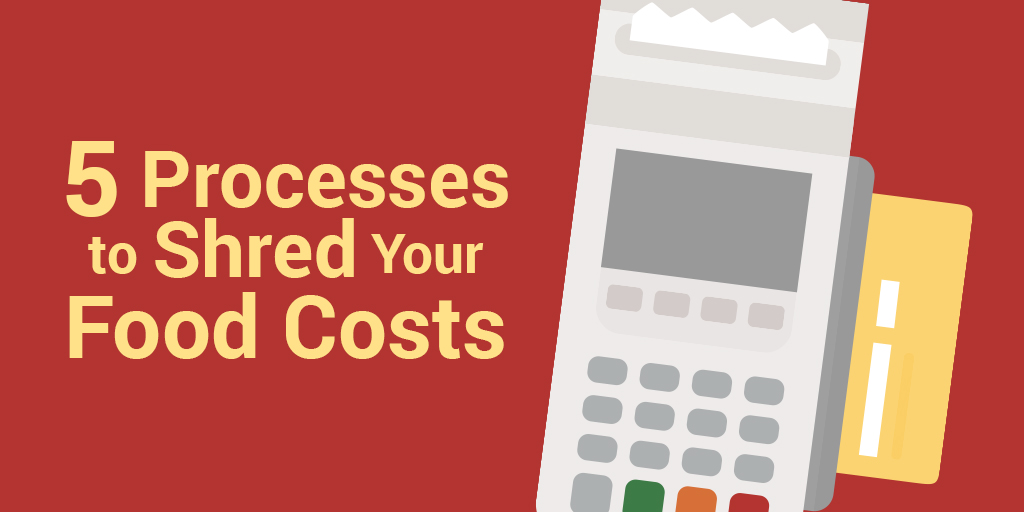According to the National Restaurant Association, the restaurant industry is projected to reach $997 billion in sales in 2023.
So.. why are you still struggling to turn a profit?
It’s probably because you’re not taking contol of your restaurant food costs.
Make a change and save your restaurant.
Here are a few places to start:
1: TAKE AN ACCURATE INVENTORY
Fudged counts won’t cut it.
If you want to get real results, you need to get real numbers.
No guesstimates. No eyeballing. Just real, solid counts that get you accurate, usable numbers.
PRO TIP: Do research and find restaurant inventory technology that helps you get accurate numbers in a fraction of the time.
2: KNOW YOUR COST OF GOODS SOLD
Your COGS is the most important metric for managing your food costs.
To find it, plug accurate numbers into this formula:
(Starting Inventory Costs + Purchases – Final Inventory Costs) / Food Sales x 100
If your numbers aren’t accurate, you’ll end up with a COGS that you can’t trust or use.
PRO TIP: Measure your COGS on a weekly basis, not a monthly one. This will give you a more solid picture of your costs over time.
3: GET A WASTE LOG
According to the National Restaurant Association, 133 billion pounds of food was wasted in 2010. Since then, that number has continued to climb.
That’s bad for the environment, but it’s also bad for your bottom line.
When you can’t pinpoint where waste is coming from, you’ll have no way to fix it.
You need a food waste log to help you out.
PRO TIP: One major way you’re losing money is over-ordering. If you find one ingredient keeps spoiling week over week, you may want to shrink your orders.
4: SET A BUDGET
When the chaos rises in your kitchen, your attention to finances goes down.
So you’re blindly ordering, and have no idea how much money is being spent until it’s too late.
A budget can help keep you and your staff on track.
PRO TIP: Set your budget each week at a team meeting. That way, you can take the past week’s finances into account and adjust your budget accordingly.
5: MONITOR YOUR PRICES
Speaking of blind ordering, have you been watching your prices? Do you pay attention to food cost variance?
If not, you could be missing price spikes, price creep, or any number of surprise increases your suppliers are springing on you.
Keep an eye on your recent prices so you can have the conversations you need to keep your food costs low.
PRO TIP: Orderly has created the Restaurant Food Index (RFI). It shows you average local and national prices on all of your ingredients, so you don’t have to spend hours doing the research yourself.


